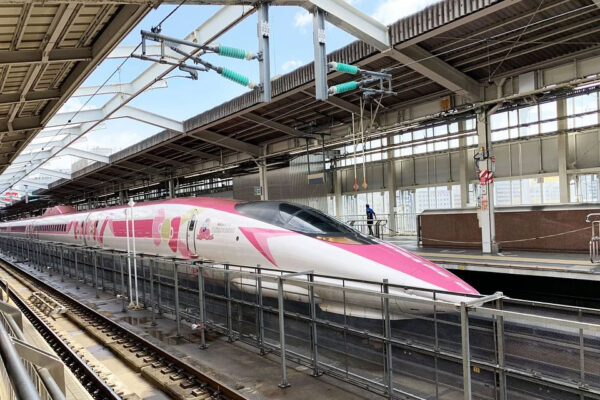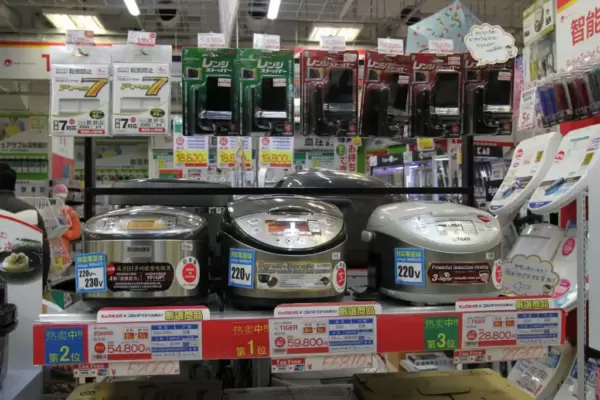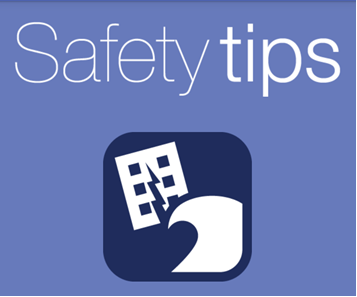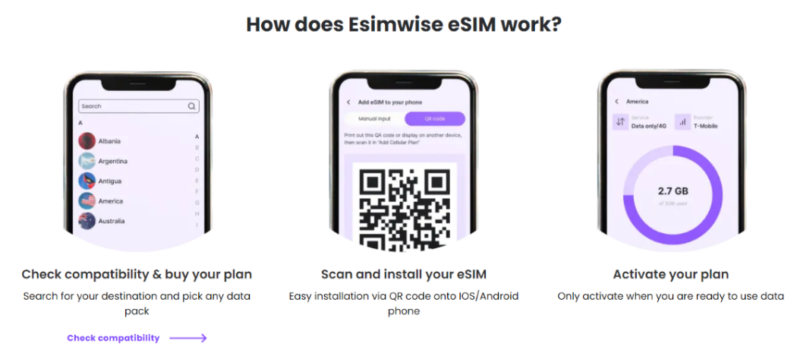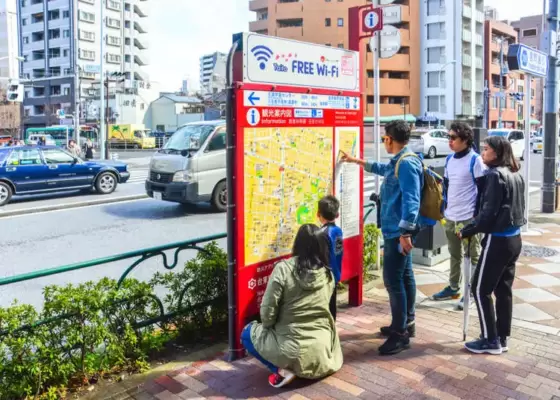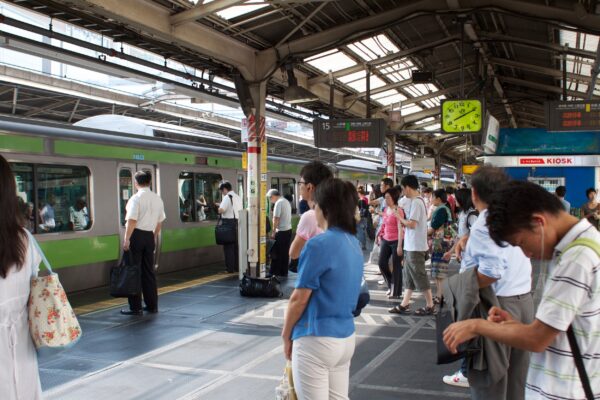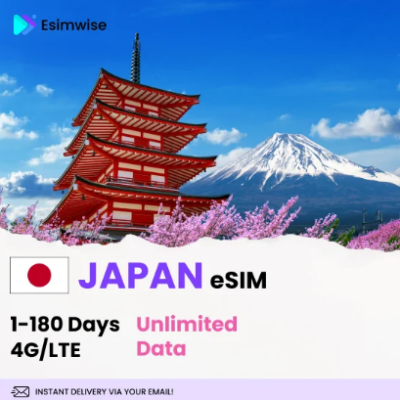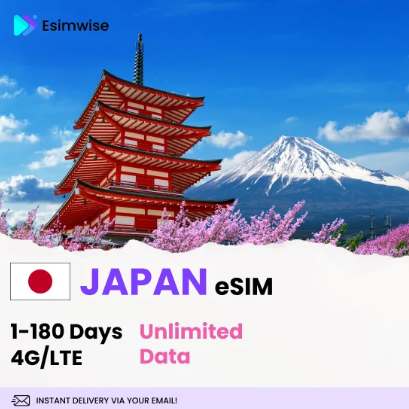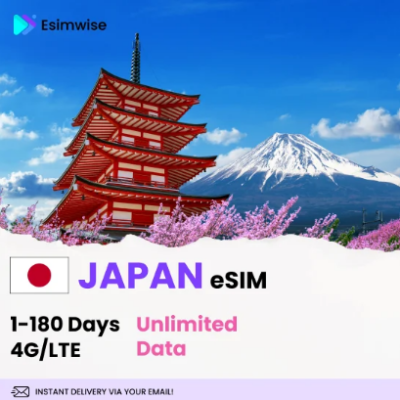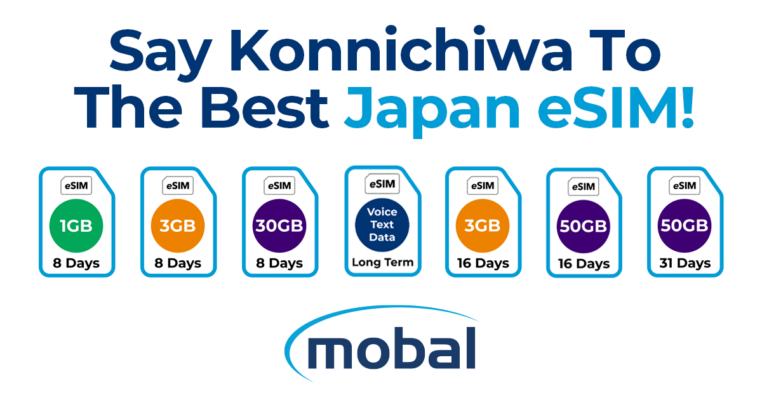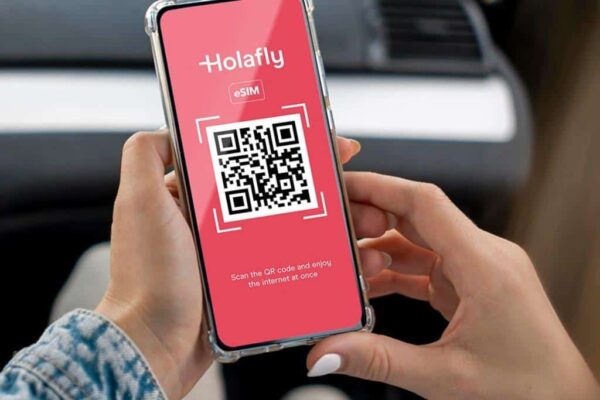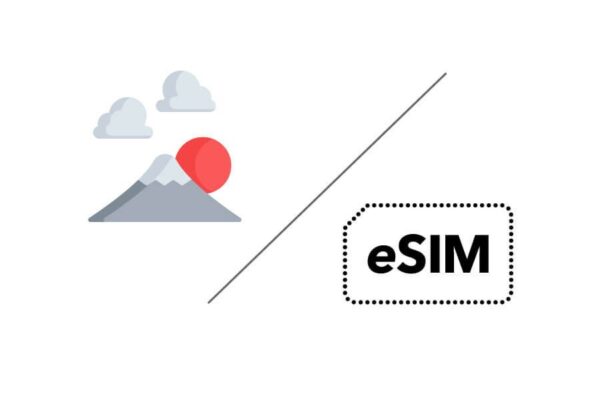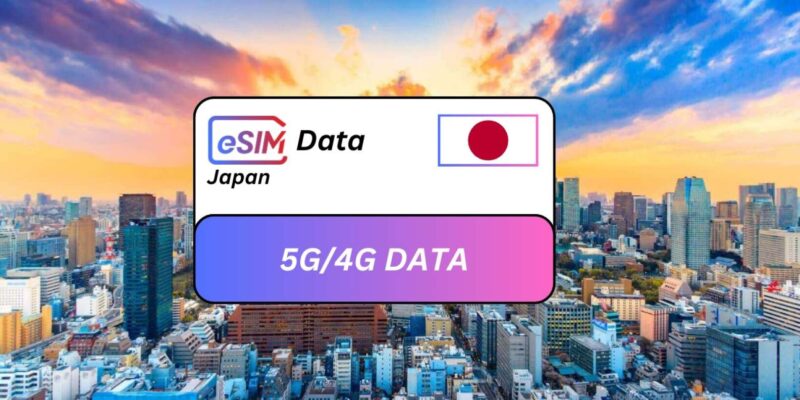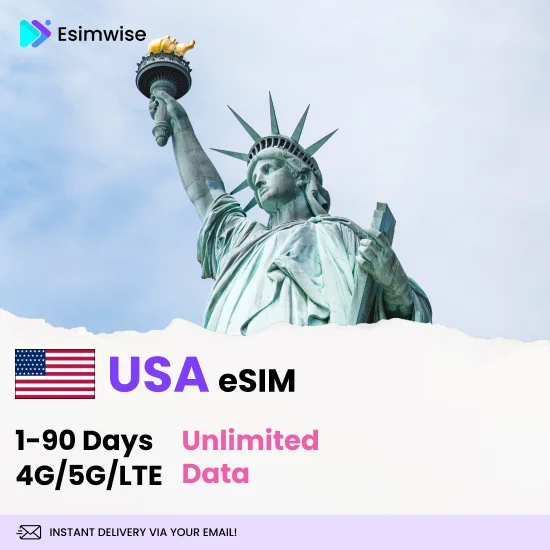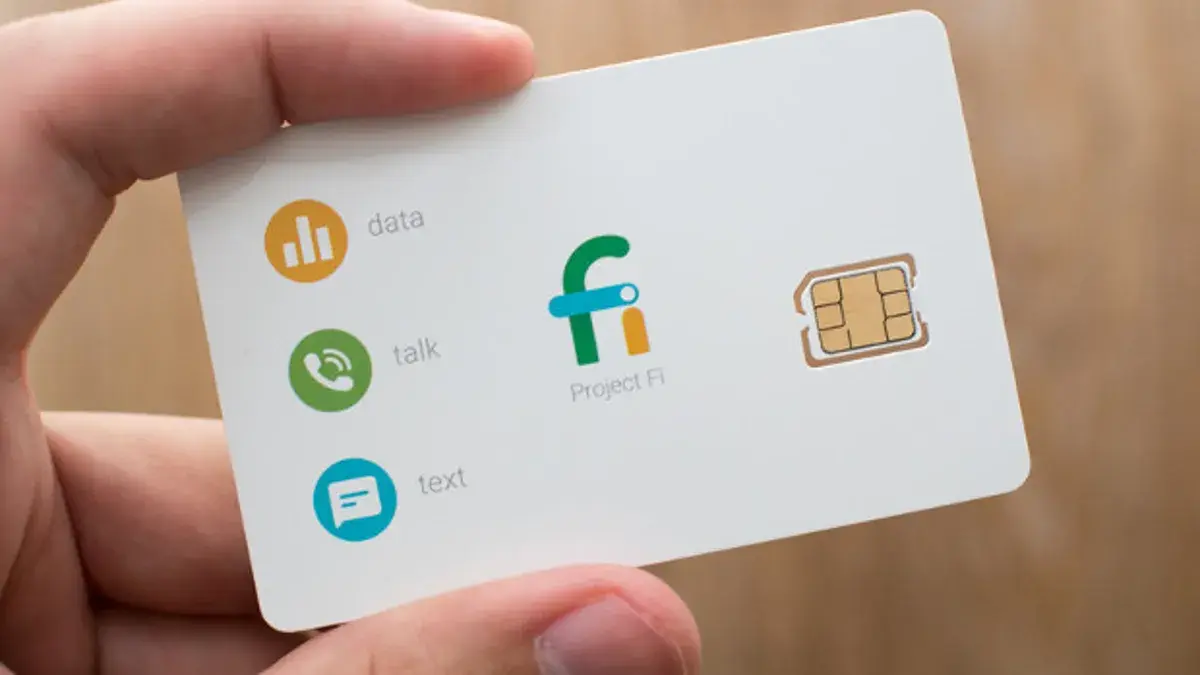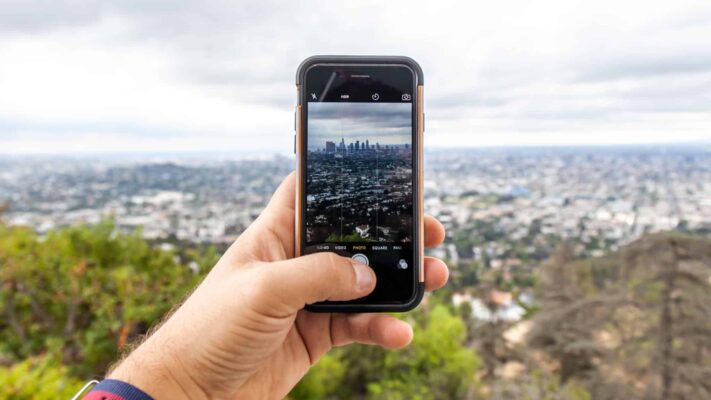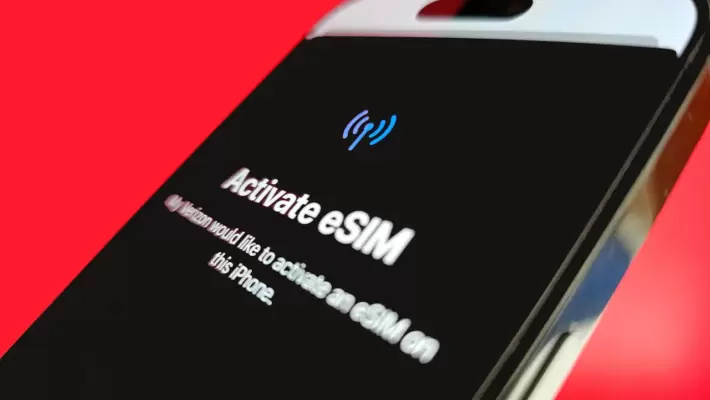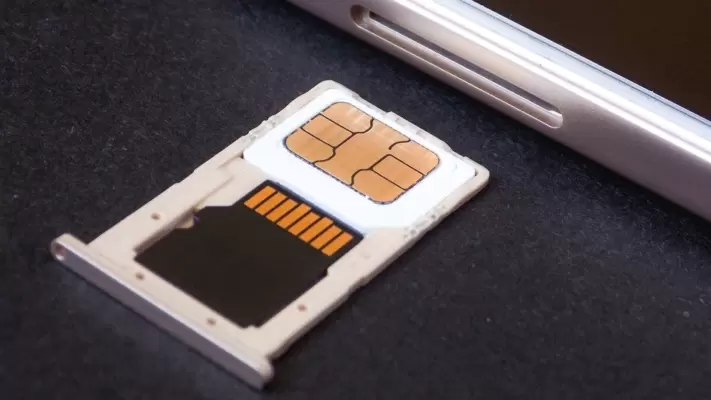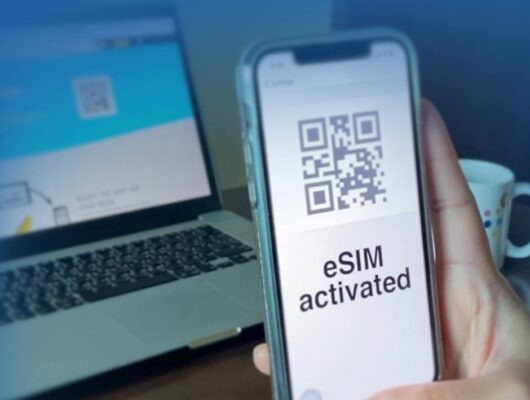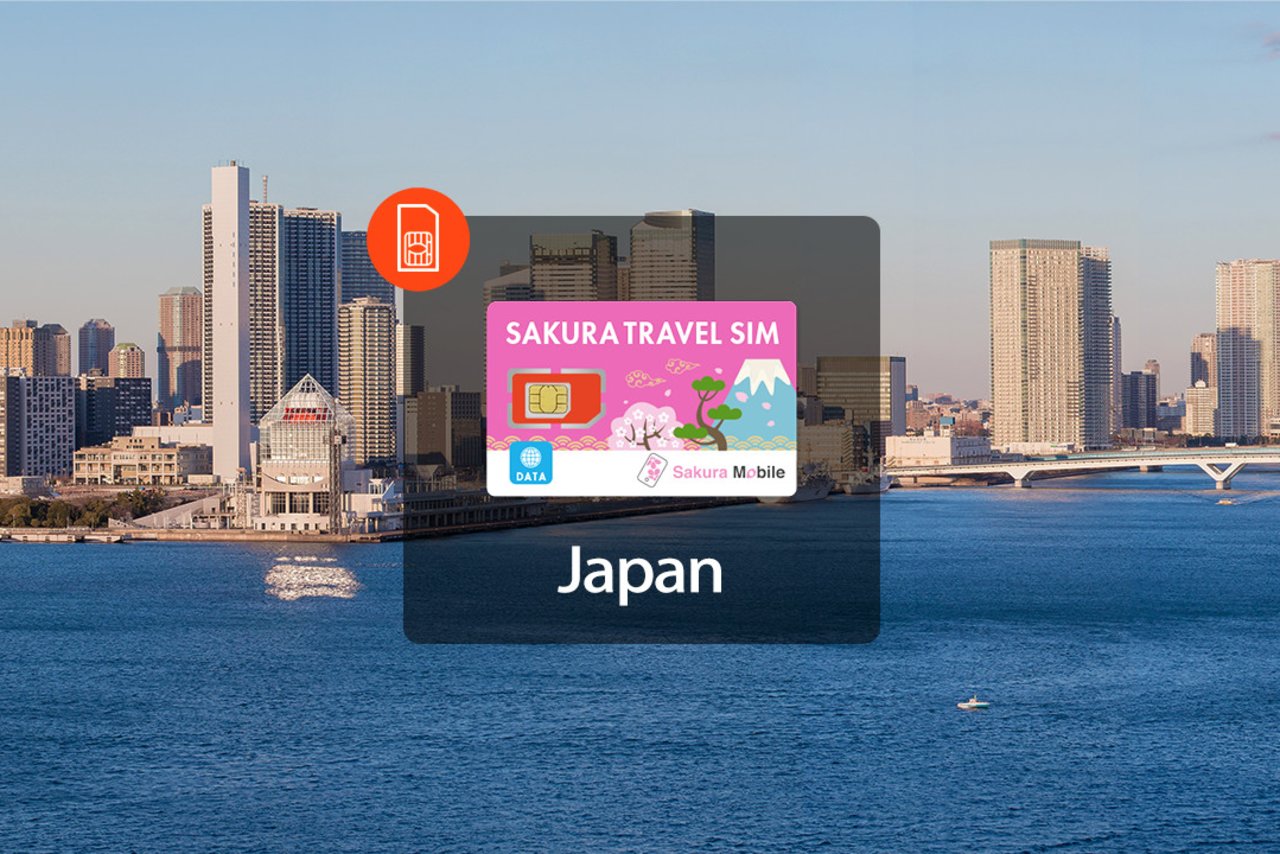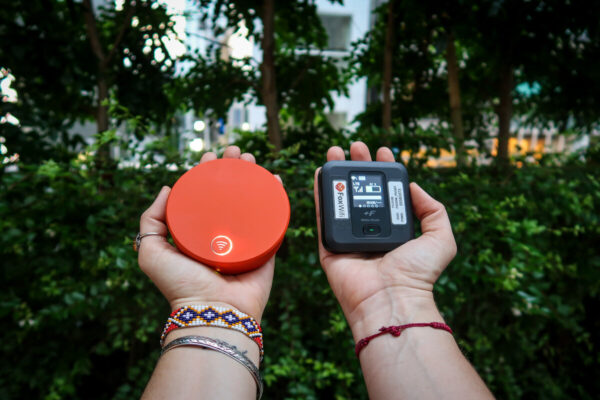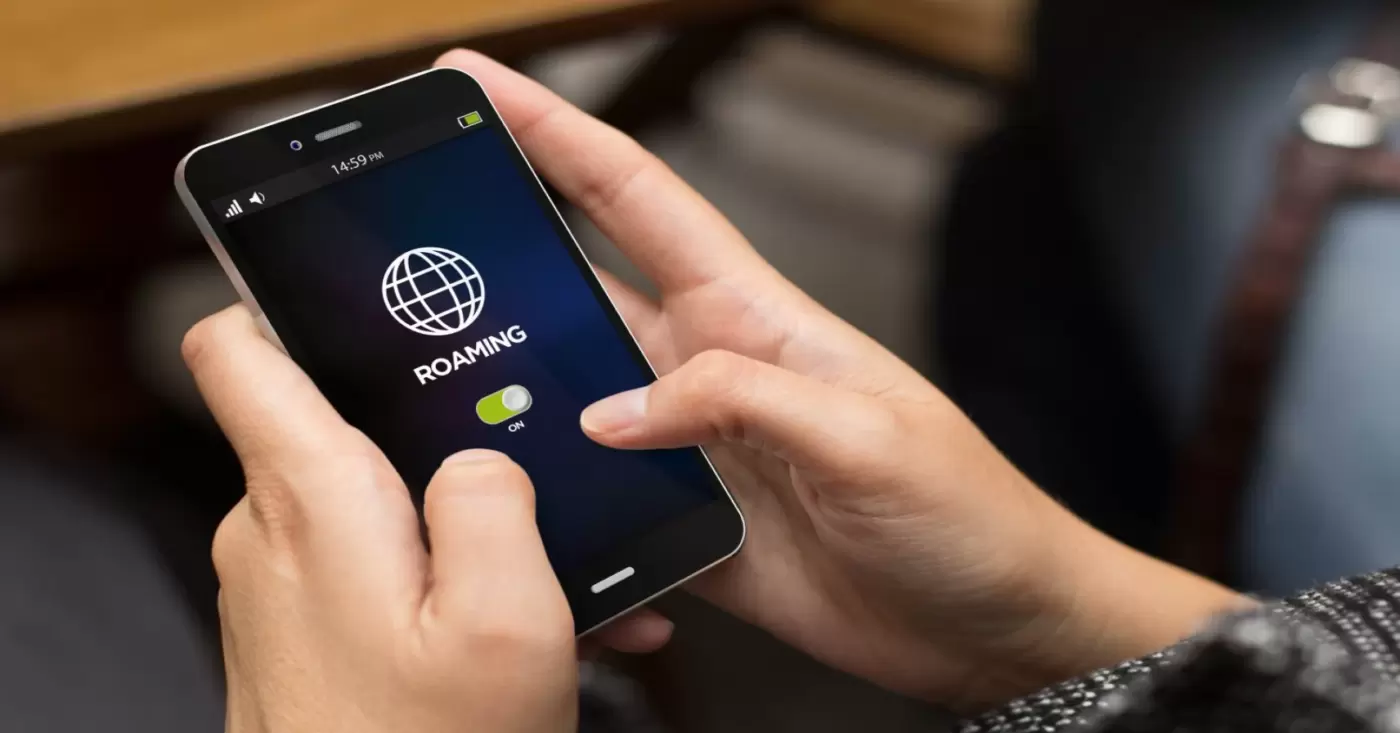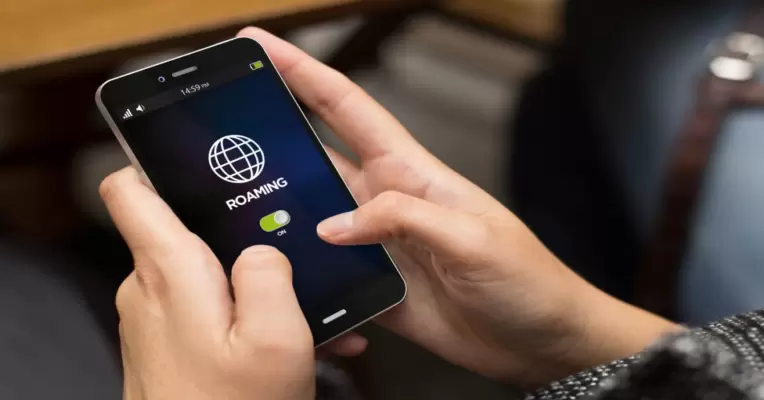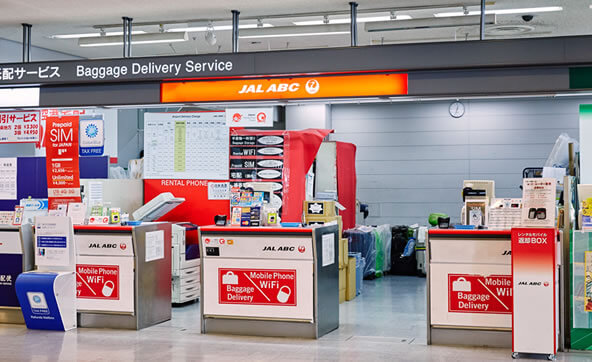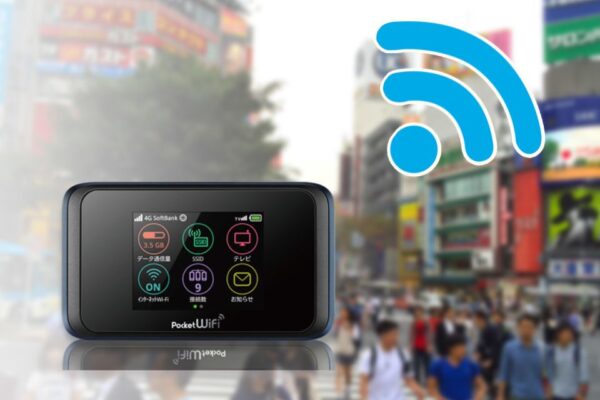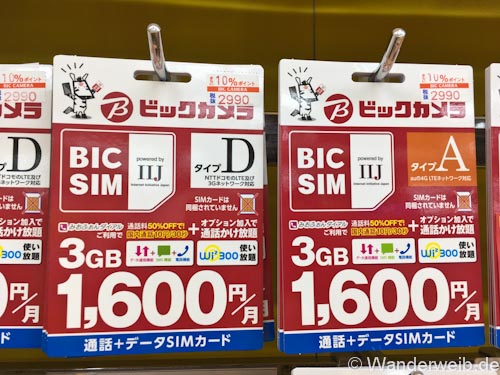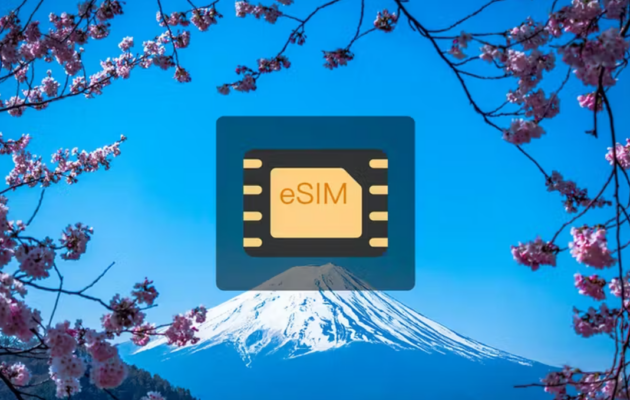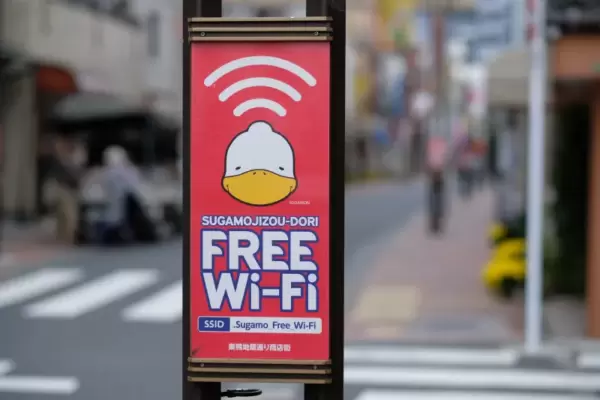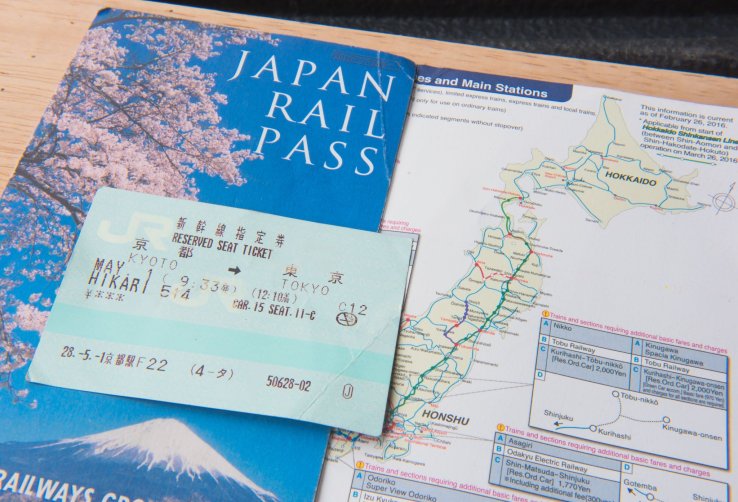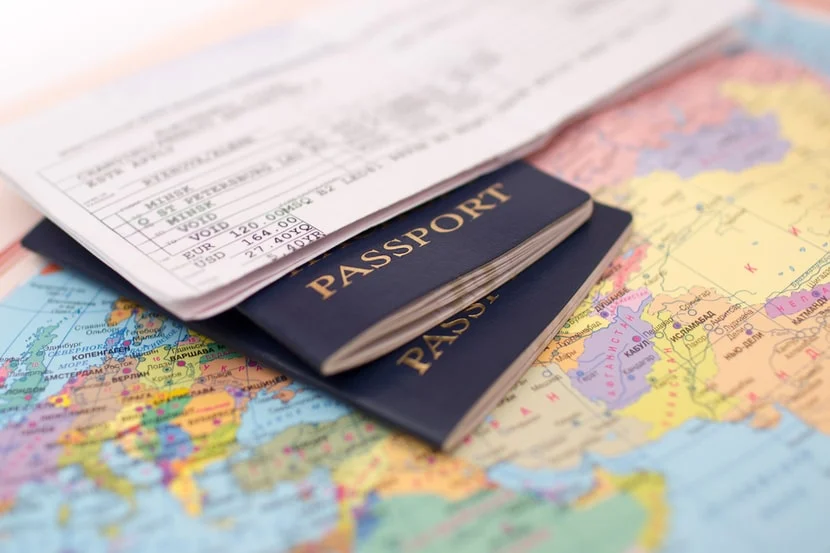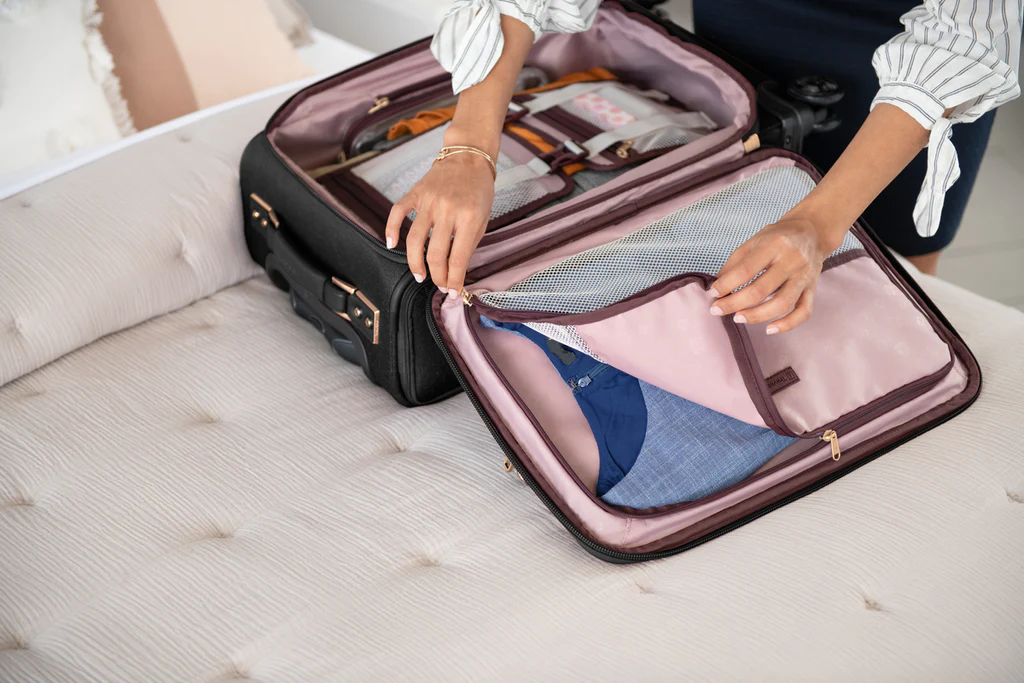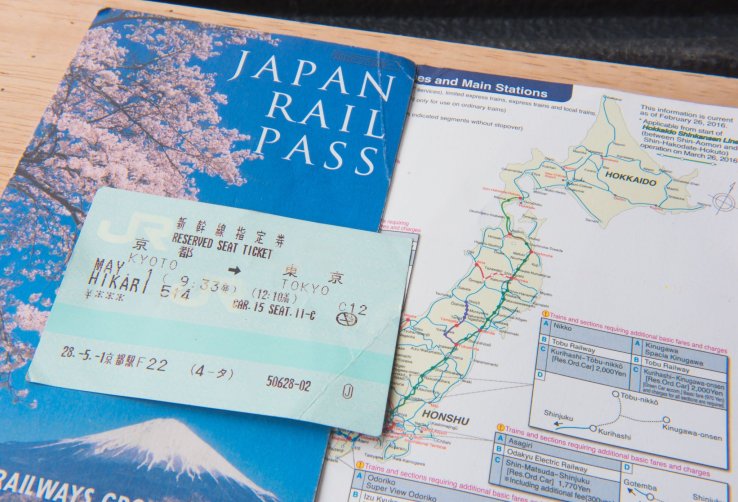Are you wondering, “Is Golden Week a good time to visit Japan?” In my exploration, I discovered that Golden Week, a cluster of national holidays, casts a unique spell on the Land of the Rising Sun. From bustling metropolises like Tokyo to serene cultural gems like Kyoto, the nation pulsates with a vibrant energy during this period. The juxtaposition of traditional festivities and modern celebrations paints a vivid tapestry of Japan’s rich heritage.
Although Golden Week brings lots of joy, there are also some limitations such as crowds and higher prices. This article is my personal insight to explore the pros and cons of this period of time for visitors. Read on to find some valuable tips to make your travel more enjoyable.
Related posts:
- The 10 best place to visit in Japan with family
- The 10 best things to do in Japan with kids
- Things to pack for Japan: Essential items
- Is Japan safe to travel alone?
What is Golden Week?
Golden Week is a series of consecutive public holidays in Japan that occur at the end of April and the beginning of May. The term “Golden Week” refers to a collection of four national holidays, creating an extended period of time off for many people in Japan. The holidays that make up Golden Week are:
- Showa Day (Showa no Hi): April 29th – This day celebrates the birthday of Emperor Showa (Hirohito), who ruled Japan from 1926 to 1989.
- Constitution Memorial Day (Kenpo Kinenbi): May 3rd – This holiday commemorates the promulgation of the post-war constitution of Japan in 1947.
- Greenery Day (Midori no Hi): May 4th – Originally celebrated on April 29th, it was moved to May 4th to create a longer holiday period. Greenery Day encourages people to commune with nature and appreciate the environment.
- Children’s Day (Kodomo no Hi): May 5th – This day celebrates the well-being of children and is a national holiday when families often fly carp-shaped streamers and display dolls of legendary warriors.
During Golden Week, many businesses and schools close, and it is a popular time for domestic travel as people take advantage of the consecutive holidays for vacations and family outings. It’s one of the busiest travel times in Japan, and popular tourist destinations can be crowded. Additionally, various events and festivals take place during this time, adding to the festive atmosphere.

When is Golden Week 2024?
In 2024, Golden Week in Japan will be a little spread out due to how the weekend days fall. Here’s the breakdown:
- April 27 to 29: A three-day consecutive holiday with Showa Day (April 29th) falling on a Monday.
- May 3 to 6: Another four-day consecutive holiday with Constitution Day (May 3rd) on a Friday and Children’s Day (May 5th) on a Sunday.
Bonus: Since May 5th falls on a Sunday, May 6th (Monday) is also considered a public holiday, giving you an extra day off!
Is Golden Week a good time to visit Japan?
Absolutely. Golden Week is a fantastic time for travelers to participate in the festive atmosphere and immerse themselves in several cultural activities in Japan.

Here is the breakdown:
- Festivities and events: Golden Week is a festive time in Japan, and you can experience special events, parades, and festivals during this period. It provides a unique cultural experience.
- Weather: Late April to early May generally offers pleasant weather in Japan, with mild temperatures and cherry blossoms in full bloom in many regions. It’s a visually stunning time to explore the country.
- Cultural experience: With many locals on vacation, you might have the opportunity to observe and participate in traditional celebrations, making your trip more culturally rich.
However, there are some considerations I want to note for travelers:
- Crowds: Golden Week is one of the busiest travel times in Japan. Popular tourist spots, transportation, and accommodations can be crowded. If you prefer a quieter and more relaxed experience, this might not be the ideal time.
- Higher prices: Due to increased demand, prices for flights, hotels, and other services can be higher during Golden Week. It’s advisable to book well in advance.
- Availability: With many locals on vacation, some businesses, shops, and restaurants may close or have limited hours during Golden Week.
Tips for traveling Japan during Golden Week
Navigating Japan during Golden Week requires strategic planning and a willingness to embrace the unique challenges and opportunities that come with this bustling time.
1. Plan ahead

To guarantee a fantastic trip during Japan’s Golden Week, meticulous planning is paramount. Given the heightened demand and peak season, it is advisable to initiate your preparations well in advance. Begin by securing your accommodations, including hotels, ryokans, or Airbnbs, at least six months ahead of your intended travel dates. This proactive approach is particularly crucial for popular destinations like Tokyo, Kyoto, and Osaka, where the influx of visitors during Golden Week can lead to a rapid booking of available lodging options.
Booking your accommodations well in advance not only ensures that you secure your preferred choices but also helps you avoid the risk of limited availability and inflated prices as the travel dates approach. The popularity of Golden Week among both domestic and international travelers makes early reservations a strategic move, providing you with a sense of security and allowing you to focus on enjoying the unique experiences that this festive period offers.
2. Embrace the crowd
To maximize your Golden Week experience in Japan, don’t shy away from embracing the crowds—instead, strategically navigate through alternative destinations and timings. Venture off the beaten path to discover the hidden gems of Kamakura, Hakone, or Naoshima, where you can immerse yourself in a more tranquil and authentic atmosphere. These lesser-known locales offer a unique perspective on Japanese culture, providing a welcome respite from the bustling crowds found at major tourist hotspots.
For popular attractions that are on your must-see list, consider adjusting your schedule to explore them during early mornings or late evenings. This allows you to appreciate these iconic sites with a slightly reduced number of visitors, providing a more intimate and enjoyable experience. As a bonus, you’ll likely capture stunning photos with softer lighting during these times.
Attend local events and parades organized specifically for this celebratory period. Engaging in these activities not only adds an authentic touch to your journey but also provides insights into the cultural significance of Golden Week for the local communities.
3. Utilize transportation

When it comes to navigating transportation during Japan’s Golden Week, strategic choices can significantly enhance your travel experience. One key recommendation is to invest in a Japan Rail Pass. This pass provides unlimited travel on most Japan Rail (JR) trains, making it an invaluable asset during Golden Week’s heightened demand for transportation. By securing a Japan Rail Pass in advance, you not only ensure access to efficient and extensive rail networks but also enjoy the convenience of skipping ticket queues.
Additionally, consider exploring alternative modes of transportation for shorter distances. Local buses, ferries, and even renting a bicycle can offer a refreshing change and flexibility, especially in crowded urban areas where conventional transportation might face delays.
Being prepared for potential delays is essential during Golden Week. With increased ridership, both at stations and on trains, anticipate longer waiting times. Plan your itinerary with a buffer for potential delays and stay informed about real-time transportation updates using apps like Hyperdia.
4. Be flexible
Flexibility is key during Golden Week, so have a loose itinerary with alternative plans in case of unexpected closures or crowds. Allow extra time for transportation, as trains and buses might be delayed or crowded. Download helpful apps like Hyperdia for real-time train information, and research alternative activities for popular attractions if they become too crowded. Pack light and be prepared for sudden showers by including an umbrella in your essentials, especially during the pleasant spring weather.
Take advantage of the season by enjoying cherry blossoms in parks or gardens, and savor Golden Week-specific activities such as trying seasonal treats like sakura mochi or participating in traditional carp streamer displays.
5. Stay connected

Consider renting a portable Wi-Fi device, providing you with reliable internet access wherever your journey takes you. This is especially valuable in areas where public Wi-Fi may be limited or unreliable. Portable Wi-Fi devices are readily available for rental at airports and major cities, offering a convenient solution for staying connected with your family, navigating unfamiliar territories, and accessing essential travel information.
Moreover, take advantage of offline maps and apps to mitigate the impact of potential network disruptions. Before embarking on your Golden Week adventure, download maps of the areas you plan to visit and relevant travel apps to your device. This way, even in areas with spotty or no internet connectivity, you can access crucial information about local attractions, transportation options, and emergency services. Applications like Google Maps allow you to download specific regions for offline use, ensuring that you can navigate with ease, even when you’re off the grid.
For enhanced convenience, consider using a Japan eSIM (embedded SIM) for your smartphone. eSIM technology allows you to switch between different mobile carriers without the need for physical SIM cards, offering flexibility and ease of use. If you want to find a good one, don’t miss out on our veteranmax eSIM with unlimited data, 4G network and reliable connection during your whole trip.
6. Bonus tips
Finally, equip yourself with some practical tips, such as learning basic Japanese phrases for better communication, packing just the essentials for crowded transportation, and ensuring you have enough cash on hand (especially in smaller towns). By combining careful planning with a flexible mindset, you can turn the challenges of Golden Week into a memorable and rewarding adventure in Japan.
Wrap up
So, is Golden Week a good time to visit Japan? Absolutely, it can indeed be a wonderful time to visit Japan. Despite the challenges of increased crowds and higher prices, the unique opportunities and experiences available during this period make it a favorable choice for many travelers. The festivities, special events, and cultural celebrations that characterize Golden Week provide a vibrant and authentic insight into Japan’s rich traditions
What are you experiences during this time? Leave a comment to let me know in details. Thanks for reading!.





